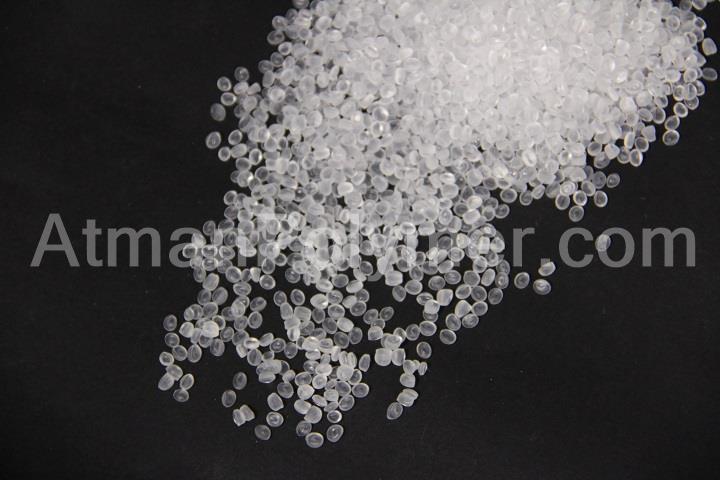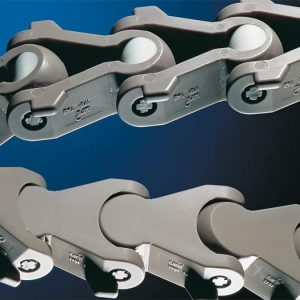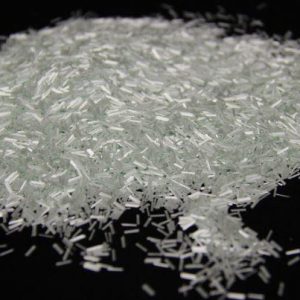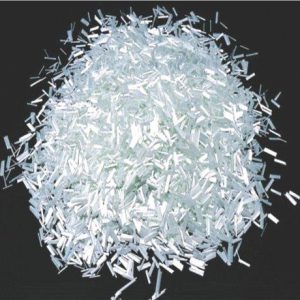Description
Ethylene vinyl acetate (EVA), also known as polyethylene vinyl acetate, is a copolymer of ethylene and vinyl acetate. The weight percentage of vinyl acetate usually varies between 10 and 40%.
In general, there are three different types of EVA copolymers in which the amount of vinyl acetate (VA) in the copolymer and how the materials are used are different: thermoplastic, thermoplastic elastomer, elastomer. Different grades of this material can be used in different applications. The excellent combination of properties that ethylene vinyl acetate offers makes it useful for different markets.
Some EVA copolymers are similar in flexibility to plasticized plywood grades at ambient temperatures but are more flexible and resistant at lower temperatures. Ethylene vinyl acetate copolymers do not have a plasticizer, and can be used instead of PVC where the transfer of plasticizer to the surface is problematic.
Although EVA copolymers are often more expensive than PVC, they may be cheaper by volume due to their lower density. Ethylene vinyl acetate copolymers, especially those with a high VA content, are capable of withstanding high filler loads without a significant reduction in flexibility and other mechanical properties. You can see an example of EVA applications in the image below.
Properties of ethylene vinyl acetate 18%
18% EVA copolymer or ethylene vinyl acetate (EVA) belongs to the category of engineering polymers, Atman, which are used in extrusion film processes for applications including packaging, surface protection and greenhouse coatings. EVA copolymers are used in helmets, molded seals, shoes and car interiors. They are also used as a base polymer in many adhesive resin formulations and in electrical wires and cables. For the thermal adhesives needed to hold different plates and coatings, we can change the amount of strength and flexibility by changing the amount of vinyl acetate. The properties of this material include the following:
- High flexibility
- Proper insulation
- Good sound absorption
- Suitable adhesion with different substrates
- Tear resistance
- Good chemical resistance
- Low starting temperature of melting process, high temperature adhesives, high impact resistance and excellent optical properties for extrusion film processes, high transparency for encapsulation of photovoltaic cells are other features of this material.
EVA Applications 18%
EVA is an elastomer thermoplastic that the parts and materials with which it is produced have good softness and flexibility and act like rubber, but do not have the disadvantages of rubber such as curing system and non-recyclability, etc. This material has good clarity and gloss, resistance to low temperatures, resistance to stress and resistance to ultraviolet rays. It competes with rubber products and vinyl polymers such as PVC in many electrical applications.
Melt adhesives and high-level soccer tubes are usually made of EVA. EVA is also used as an adhesive reinforcement additive in plastic straps. EVA foam sheets are very popular for stickers on the floor of game halls.
Applications of 18% ethylene vinyl acetate
- wire and cable
- shoe sole
- Injectable foams
- Extrusion sheet
- Film extrusion (with additives) and production of packaging films
- EVA Process Tips 18%
Existing recommendations are general recommendations and may require different shaping process conditions for a specific process that needs those who intend to purchase 18% EVA. However, the process temperature of ethylene vinyl acetate can be deduced from the melt index and vinyl acetate content of ethylene. Copolymer ethylene vinyl acetate with low melt index (high viscosity) requires higher temperature for formation. The melting point of EVA copolymers decreases with increasing vinyl acetate (VA) content. Typical DSC melting temperatures for polymers range from 0 to 28 ٪ VA from 115 to 70 ° C, respectively.
In general, EVA copolymers should not be formed at temperatures above 220 ° C as degradation may occur. Degradation products contain acetic acid, which smells like “vinegar”. Degradation of ethylene vinyl acetate can cause corrosion of the devices. Different ways were suggested to prevent this phenomenon:
- Larger extruders with longer residence times require lower temperatures for molding.
- Thinner chambers have a higher temperature profile.
- Screw design with shallower depth and longer length leads to increased melting temperature.




